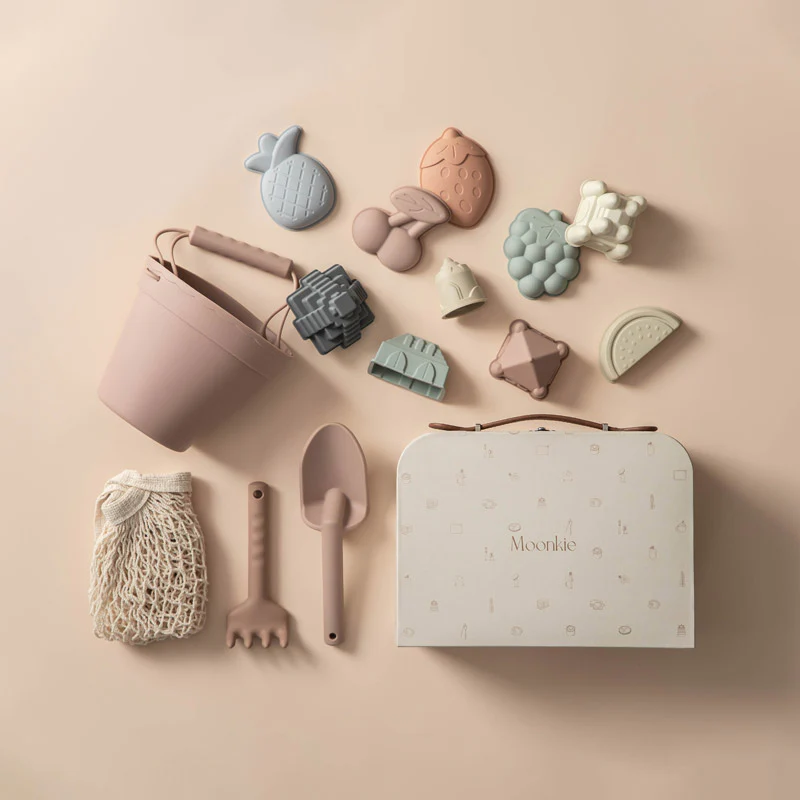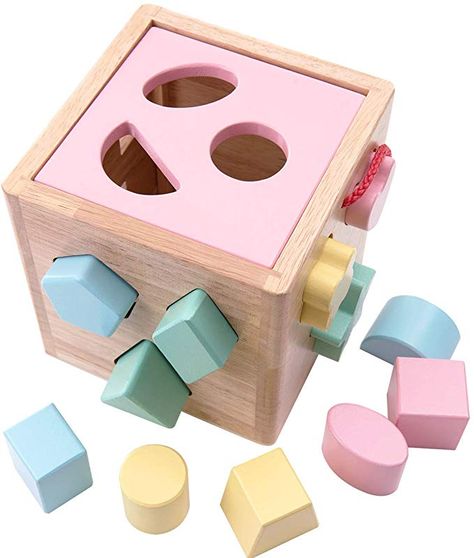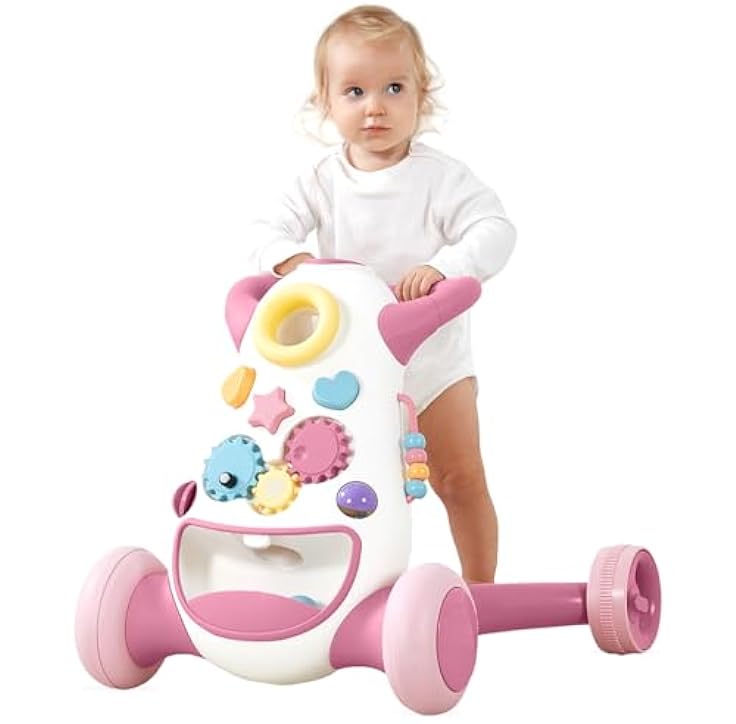How to Choose the Perfect Toys for Your Baby’s Development
The arrival of a baby brings immense joy and a whirlwind of new experiences. From gurgling newborns to curious explorers, each developmental stage presents a unique opportunity for learning and growth. Toys play a vital role in this exciting journey, nurturing a baby’s senses, cognitive abilities, and motor skills. However, with countless options available, choosing the right toys can feel overwhelming. Fear not! This comprehensive guide delves into the world of baby toys, exploring different categories, highlighting their benefits, and offering tips to select the perfect playthings for your little one.
Safety First: Essential Considerations
Choosing toys for your little one is an exciting journey, but safety should always be your top priority. Here are some key considerations to ensure your baby’s playtime is happy and hazard-free:
- Age Appropriateness: Always prioritize toys designed specifically for your baby’s age group. Age recommendations consider choking hazards, developmental abilities, and potential safety risks. Opting for age-appropriate toys ensures they are safe and stimulating for your child’s current stage.
- Durability and Construction: Look for well-constructed toys made from durable, non-toxic materials. This means avoiding toys with flimsy parts, sharp edges, or weak seams that could break easily and pose potential hazards. Choose toys that can withstand your baby’s curious exploration and potential rough play, ensuring their long-lasting enjoyment and your peace of mind.
- Choking Hazards: Be mindful of small parts, such as beads, buttons, or loose eyes, that could detach and pose a choking risk. Avoid toys with sharp edges or corners that could cause injuries during play. When choosing toys for younger babies, the “choke test” is a helpful rule of thumb. If a small part can fit through a choke tube (typically a small cylinder measuring around 1.25 inches in diameter), it’s too small for your baby.
- Safety Certifications: Look for toys that adhere to safety standards set by reputable organizations. In the United States, the ASTM International (ASTM) sets safety standards for children’s toys. Choosing toys with ASTM certifications provides an extra layer of assurance that they have undergone rigorous testing and meet established safety requirements.
Matching Toys to Your Baby’s Developmental Needs
Playtime is more than just fun and giggles for your baby; it’s a crucial part of their development. By carefully selecting toys that match their current abilities and interests, you can provide the perfect tools to nurture their growth. Let’s delve into the fascinating world of baby development and explore how to choose the ideal toys for each stage:
Newborns and Young Babies (0-3 Months):
- Mobiles: Mobiles with high-contrast patterns or soft, swaying plush toys visually stimulate newborns and encourage them to focus and track moving objects. Look for mobiles that play calming music to soothe and lull them to sleep.
- Playmats: Playmats with different textures and crinkly features provide a comfortable and stimulating space for tummy time and exploration. Choose playmats in soft colors and patterns that are visually appealing to newborns.
- Rattles: Rattles with easy-to-grasp handles and gentle sounds encourage grasping, reaching, and auditory development. Opt for rattles in bright colors and various textures to keep your baby girl engaged.
Curious Explorers (3-6 Months):
- Activity Gyms: Activity gyms offer a stimulating environment with dangling toys, mirrors, and textured surfaces. These encourage reaching, grasping, kicking, and overall motor development. Look for activity gyms with soft, plush mats and colorful hanging toys that will capture your baby’s attention.
- Teethers: Teethers with various textures provide comfort and relief during teething, while also promoting exploration through touch. Choose teethers in fun shapes and colors that are easy for your baby to grasp and manipulate.
- Soft Activity Books: Soft activity books with crinkly pages, contrasting colors, and safe textures engage a baby’s sense of touch and introduce basic cause-and-effect concepts. Look for activity books with different textures and sounds to keep your baby interested in exploring each page.
Active Learners (6-12 Months):
- Stacking Cups: Stacking cups come in various sizes and materials, encouraging grasping, stacking, and hand-eye coordination. Some stacking cups even have numbers or letters printed on them, introducing early learning concepts in a fun way. Choose stacking cups in bright colors with different textures to enhance the play experience.
- Shape Sorters: Shape sorters challenge problem-solving skills, hand-eye coordination, and introduce basic shapes. Look for shape sorters with chunky shapes that are easy for your baby to grasp and maneuver.
- Busy Boards: Busy boards with different latches, buttons, and zippers encourage exploration, fine motor skills, and object permanence. Choose busy boards with colorful features and safe, easy-to-manipulate objects that are perfect for curious little hands.
12 to 18 Months:
- Creativity and Imagination: Imagination blossoms during this stage. Building blocks and playdough provide endless possibilities for creative exploration. They can build towers, mold shapes, and create imaginary worlds, fostering their creativity and problem-solving skills.
- Language Development: Interactive toys like board books with simple stories and engaging illustrations spark curiosity and promote language development. Engaging in conversations around the pictures in the book helps your baby learn new words and develop their communication skills.
Beyond 18 Months:
As your baby transitions into toddlerhood, their interests and abilities evolve. Consider:
- Dress-up Clothes and Pretend Play Items: These encourage imaginative play, social skills development, and role-playing.
- Musical Toys and Instruments: Explore rhythm, music appreciation, and fine motor skills with age-appropriate instruments and musical toys.
- Outdoor Toys: Encourage exploration and physical activity with sandboxes, balls, and safe outdoor play equipment.
Additional Tips for Choosing the Perfect Toys
- Focus on quality over quantity: Invest in a few well-made, developmental toys rather than an overwhelming collection.
- Observe your baby’s interests: Pay attention to what captures your baby’s attention and sparks their curiosity. Choose toys that align with their natural interests.
- Rotate toys regularly: This keeps things fresh and prevents boredom, allowing your baby to explore different options and revisit favorites periodically.
- Play with your baby!: Engage in interactive play with your baby using their toys. This strengthens your bond, fosters learning, and creates lasting memories.
Remember, choosing toys is not just about keeping your baby entertained; it’s about nurturing their development. By prioritizing safety, considering their developmental stage, and selecting stimulating and engaging options, you can help your little one learn, explore, and grow through the joy of play.
